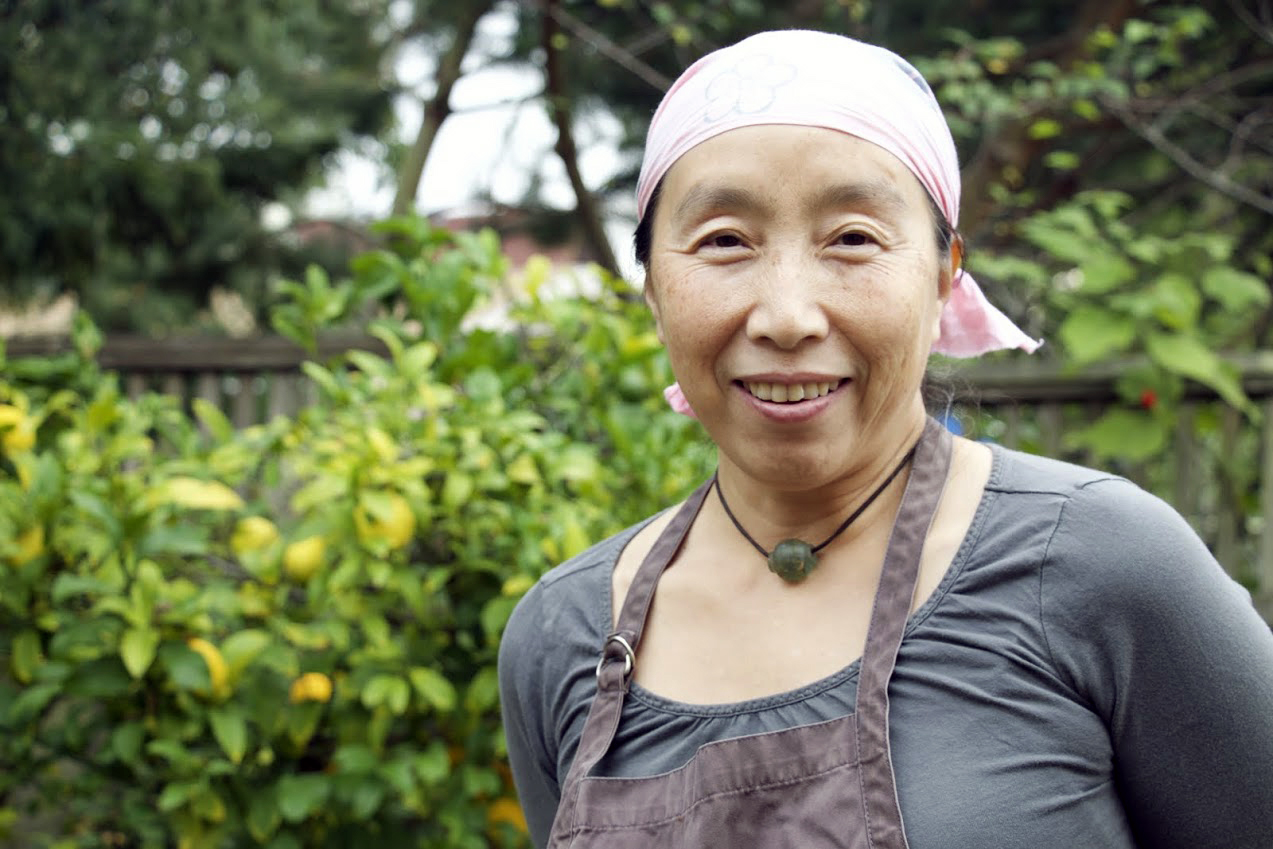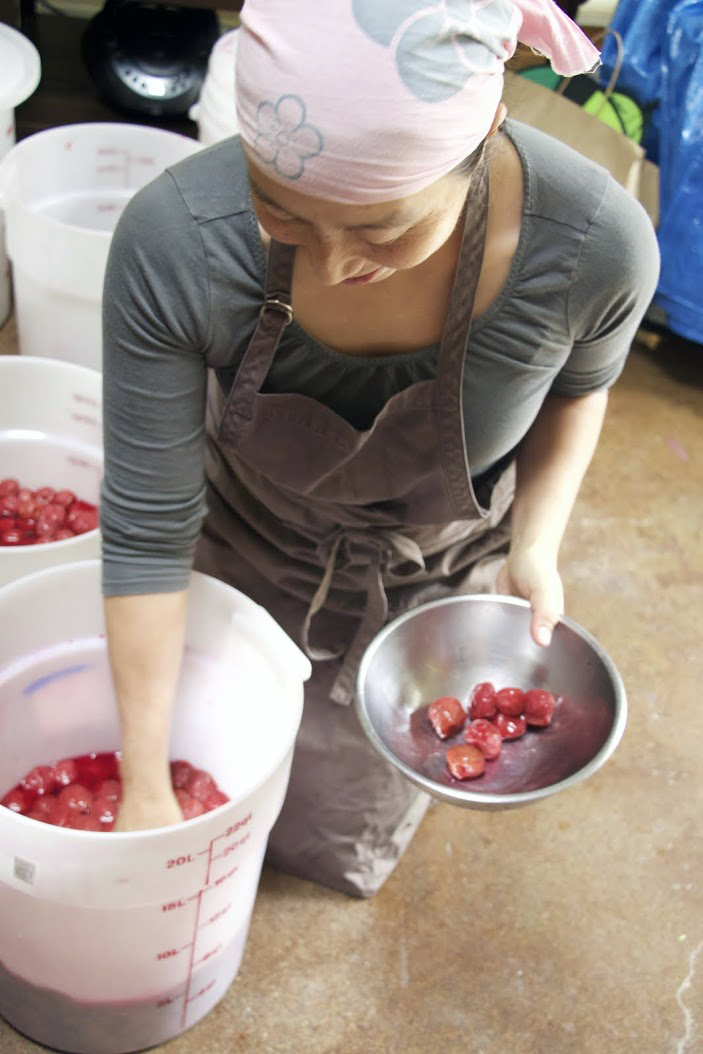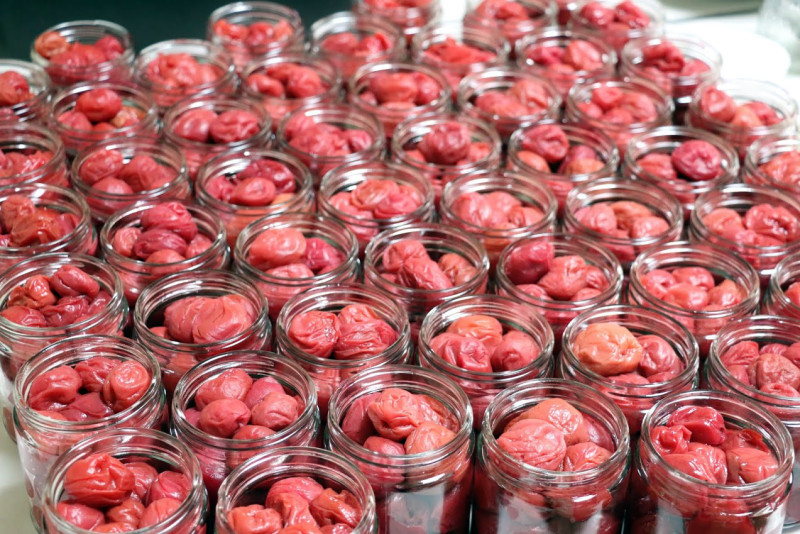Ayako Iino grew up in Nagoya, Japan, the largest city in the Chūbu region. Like many kids, she watched her mom make umeboshi, a traditional salt-cured plum pickle (and alkalizing dietary staple that’s good for digestion), usually eaten simply as a condiment on steamed rice. Many Japanese families plant this common tree in their yard.
But it wasn’t until Iino moved to a small seaside village in Chiba Prefecture and had her own rice field, chickens and vegetable garden that she discovered the sources of food and her connection to the process of growing and cooking her own sustenance.
Iino essentially taught herself how to cook, and she began by making miso and pickles of various kinds, including umeboshi. She says the ume fruit is unique because “you can preserve it as sweet or sour,” and there are multiple ways to use it. Umeshu, for example, is a traditional plum liqueur made from green fruit, while umeboshi is made from ripe fruit.

During the time she lived in the countryside, Iino developed a desire to study food more systematically, and she moved to San Francisco to study at City College of San Francisco. She found herself being jolted from a farm-to-table way of life to learning about cafeteria production in the American food industry, a culture shock that she embraced fully as a part of her learning.
She happened to meet a farmer in the Central Valley who grew the Japanese plums of her youth -- which aren’t very common in California -- and set about to make umeboshi the traditional way, with just sea salt and red shiso. She named her company Yumé Boshi as a lyrical pun: “Yumé” means “dream,” and one meaning of “boshi” is “star.”

The process is straightforward, but takes several months from start to finish. After washing and drying the just-picked fruit, which, in this area, is usually harvested sometime in June, she cures the plums in small batches with sea salt. Then she drains the liquid off the fruit and dries it in the sun on racks for a couple of days. She returns the plums to the buckets she uses for curing and adds red shiso, which gives the pickle a beautiful cardinal color and a light, herbaceous-floral aroma. She allows the pickles to mature for a couple of months before being packed into jars for consumption. If stored properly, in a cool, dark place, their shelf life is up to three years.
